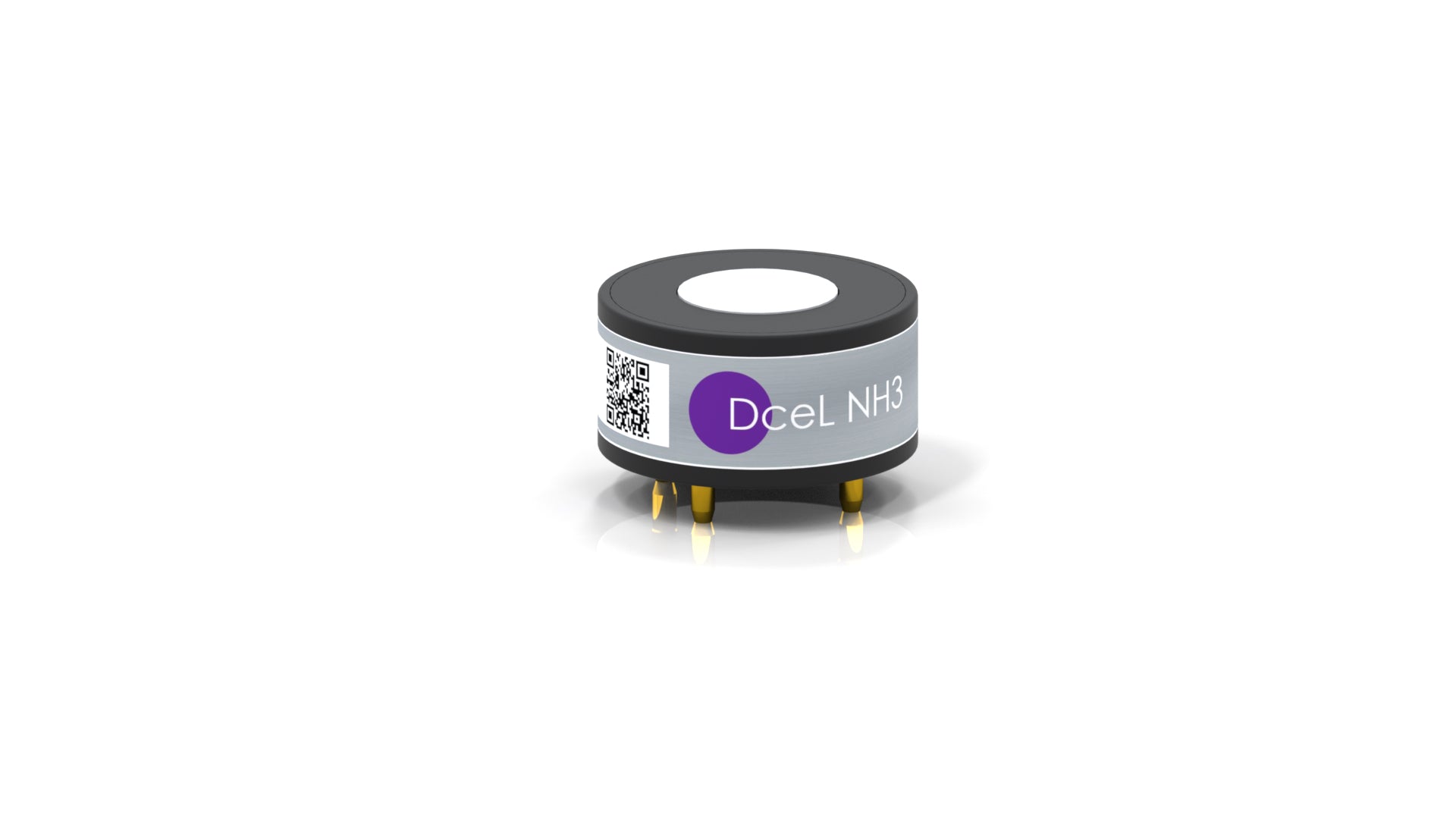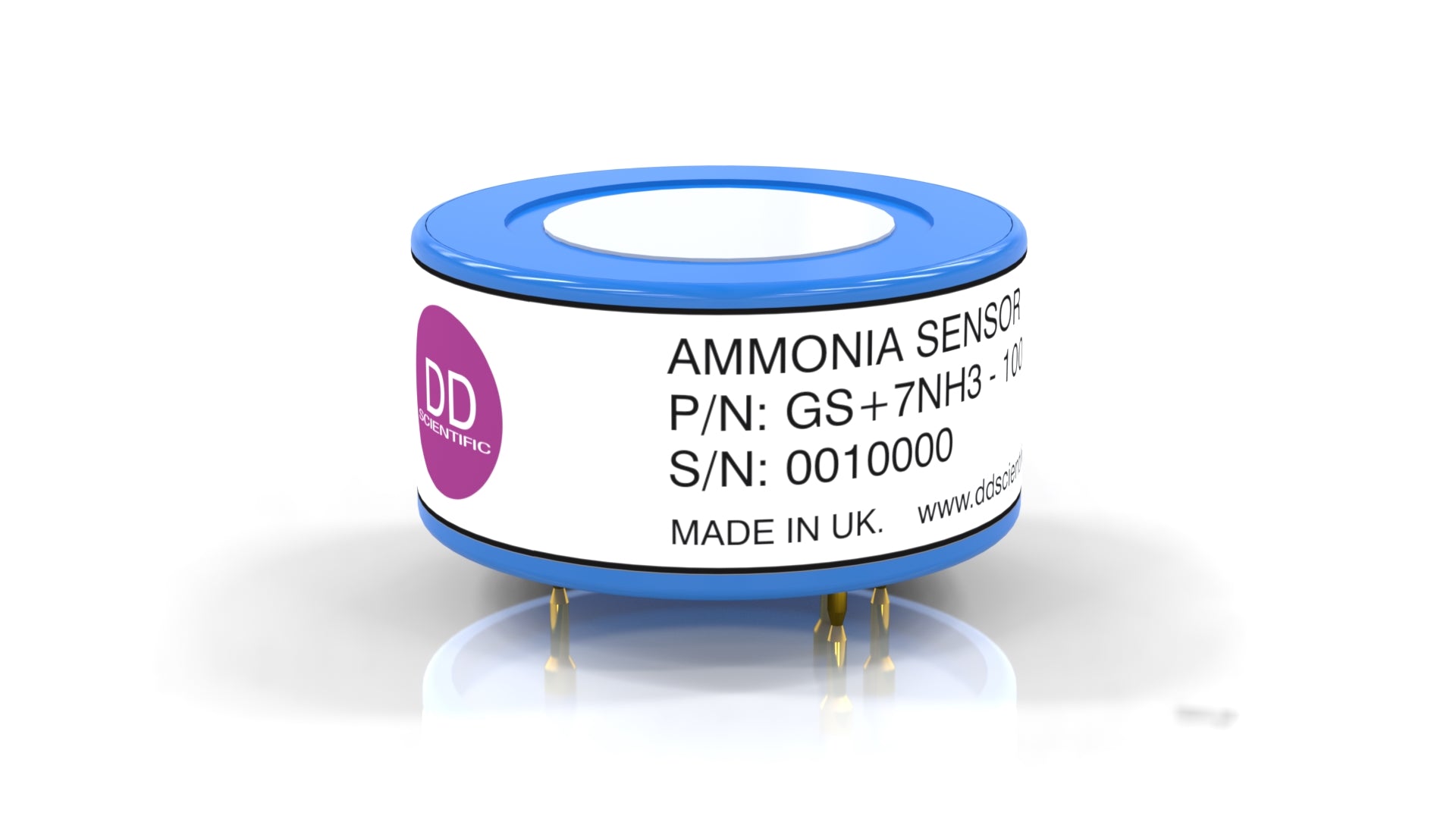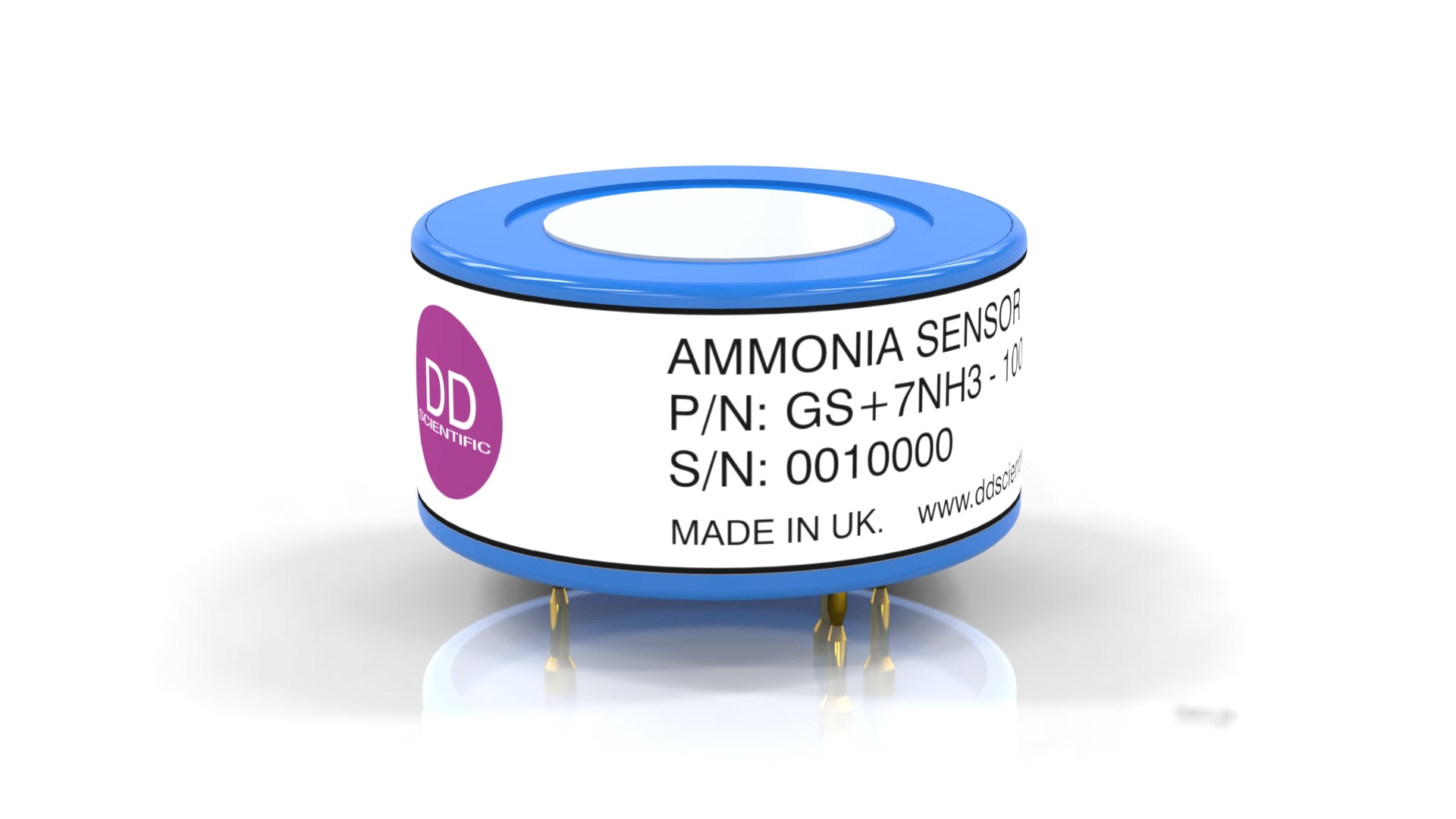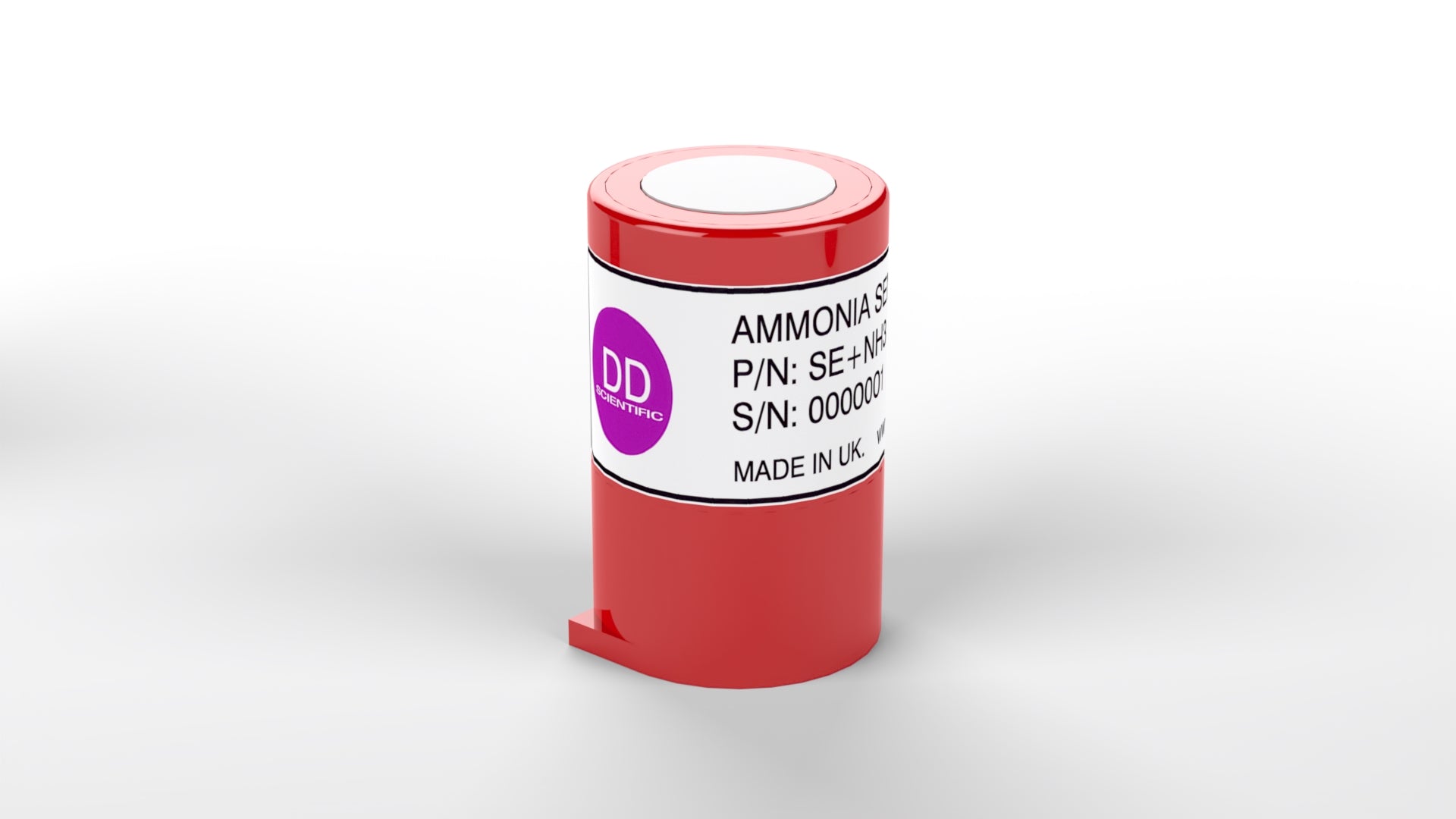What are the potential hazards of Ammonia (NH3) Sensors?
Inhalation of ammonia vapour can irritate the respiratory tract, leading to symptoms such as coughing, shortness of breath, and throat irritation. Exposure to high concentrations of ammonia can cause severe respiratory distress and lung damage.
Ammonia is highly corrosive to the skin, eyes, and mucous membranes upon contact, leading to chemical burns and tissue damage. Prolonged or repeated exposure can result in chronic skin and eye irritation.
Release of ammonia into the atmosphere can contribute to air pollution and ecological damage, particularly in aquatic environments where it can lead to eutrophication and harm aquatic life.

Mitigate risk with DD-Scientific
Understanding the hazards associated with NH3 is crucial for implementing appropriate safety measures, such as ventilation systems, personal protective equipment (PPE), and spill containment protocols, to minimize the risk of exposure and ensure the safety of workers and the surrounding environment.
Mitigation of NH3 related risk relies upon fast, precise and reliable detection, features DDS sensors are guaranteed to deliver.
If you cant find the sensor type you are looking for or need help with sensor selection dont hesitate to get in touch.








